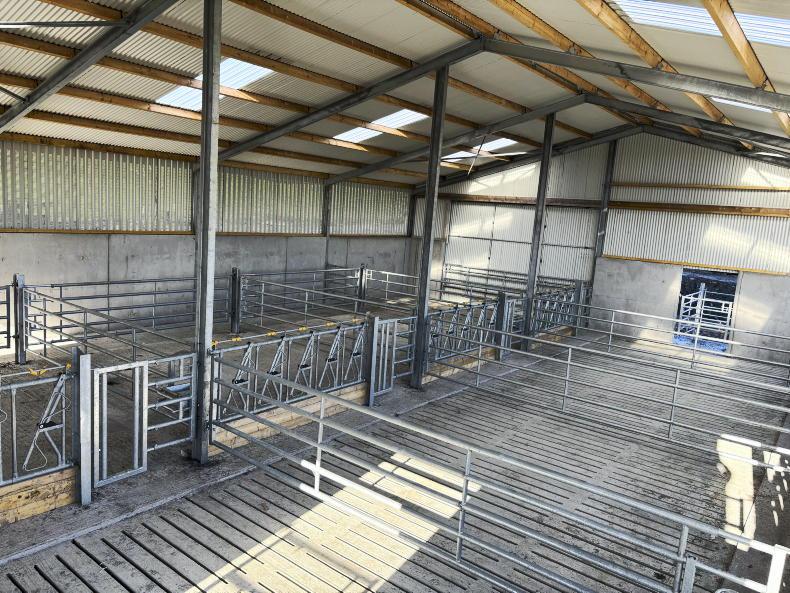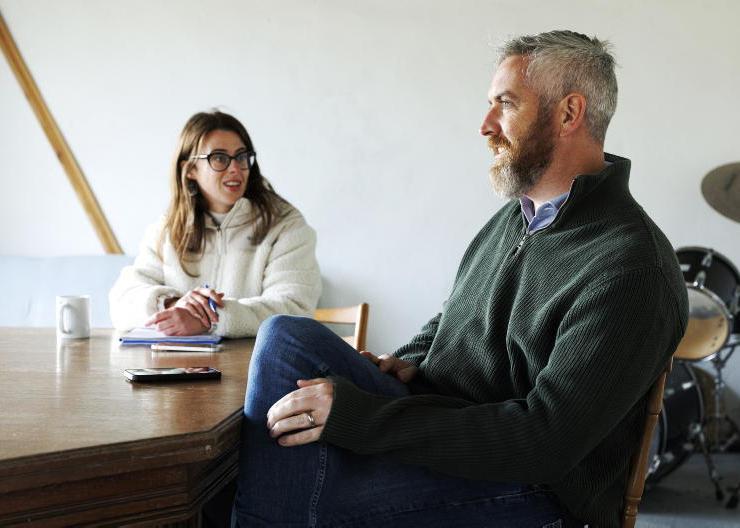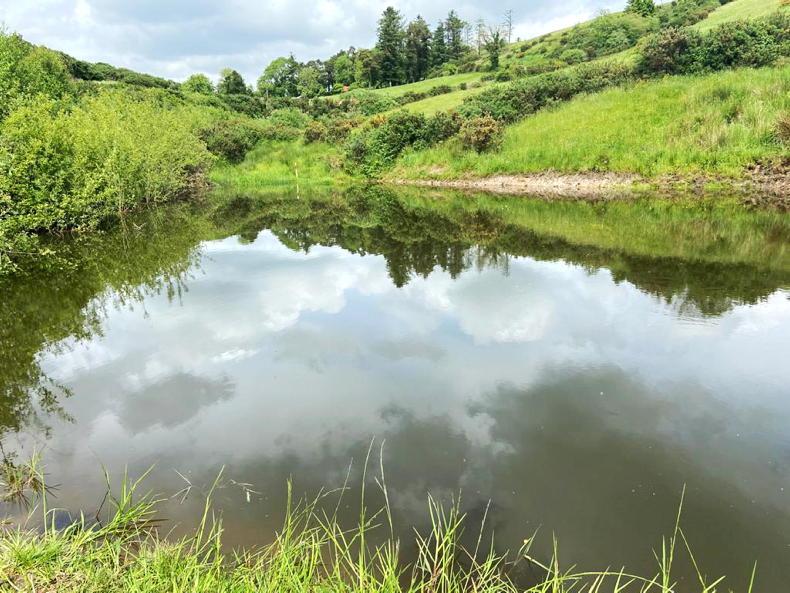Farmers will have a role in conserving Ireland’s lesser horseshoe bat, according to an action plan to save the species launched by the National Parks and Wildlife Service (NPWS) on Thursday.
The most recent estimate of the lesser horseshoe bat’s population is 12,790 individuals.
Although population monitoring indicates that the species’ numbers are increasing, the bat is confined to six western counties, occurring in clusters, with large areas that contain few or no colonies.
The NPWS has laid out a series of actions to save the native bat species and says the Department of Agriculture’s input will be required to implement some of them.
The plan firstly aims to maximise the potential of the Department’s traditional farm buildings schemes to fund repairs to lesser horseshoe bat roosts by farmers.
Farm Plan Scheme
The NPWS plan also states that there should be a continuation of the roll-out of the NPWS Farm Plan Scheme, first launched in 2006. Administered by the NPWS agri-ecology unit, there have been 800 plans approved to date and the NPWS says these have been “instrumental in pioneering conservation efforts for various habitats and species in Ireland”.
To date, the NPWS Farm Plan Scheme has contributed to habitat enhancement works for lesser horseshoe bats on 15 farms in the west of Ireland, from Kerry to Mayo.
The measures applied on these farms include the provision of new lesser horseshoe bat roosts, repairs and renovations to existing roosts, managing disturbance, habitat retention and enhancement.
The farmers have also created new foraging corridors for the bats and avoided damaging activities for them, including anthelmintic dosing of livestock, as this can reduce the bat’s prey availability.
Hedgerows
The action plan to save the bats says there is scope to target the planting of new broadleaf woodland that would benefit the lesser horseshoe bat under the Native Woodland Scheme, through additional payments. The woodland would improve the availability of the bat’s prey.
The NPWS says farmers should also be incentivised financially to plant suitable hedgerows for the bats, within 2.5km of a bat roost. They say farmer incentives should also be available for the retention and enhancement of existing hedgerows associated with these roosts.
Projects involving planting along watercourses for the purpose of preventing soil erosion, increasing water retention or providing shelter for livestock could also target areas within the 2.5km radius of a bat roost, the NPWS proposed.
Livestock dosing
The action plan also suggests that research needs to be undertaken to determine the significance of dung fauna in both the summer and winter diet of the lesser horseshoe bats.
The NPWS said this diet could be impacted by the dosing of livestock and this needs to be further examined.
It says recommendations on the application of treatments could then be based on the evidence of this research and farmers could be incentivised to adopt these.
For more information on the lesser horseshoe bat and how farmers might be able to help conserve the native species, see here.
Read more
Giving a dig out to the barn owl – the farmer's friend
Farmers will have a role in conserving Ireland’s lesser horseshoe bat, according to an action plan to save the species launched by the National Parks and Wildlife Service (NPWS) on Thursday.
The most recent estimate of the lesser horseshoe bat’s population is 12,790 individuals.
Although population monitoring indicates that the species’ numbers are increasing, the bat is confined to six western counties, occurring in clusters, with large areas that contain few or no colonies.
The NPWS has laid out a series of actions to save the native bat species and says the Department of Agriculture’s input will be required to implement some of them.
The plan firstly aims to maximise the potential of the Department’s traditional farm buildings schemes to fund repairs to lesser horseshoe bat roosts by farmers.
Farm Plan Scheme
The NPWS plan also states that there should be a continuation of the roll-out of the NPWS Farm Plan Scheme, first launched in 2006. Administered by the NPWS agri-ecology unit, there have been 800 plans approved to date and the NPWS says these have been “instrumental in pioneering conservation efforts for various habitats and species in Ireland”.
To date, the NPWS Farm Plan Scheme has contributed to habitat enhancement works for lesser horseshoe bats on 15 farms in the west of Ireland, from Kerry to Mayo.
The measures applied on these farms include the provision of new lesser horseshoe bat roosts, repairs and renovations to existing roosts, managing disturbance, habitat retention and enhancement.
The farmers have also created new foraging corridors for the bats and avoided damaging activities for them, including anthelmintic dosing of livestock, as this can reduce the bat’s prey availability.
Hedgerows
The action plan to save the bats says there is scope to target the planting of new broadleaf woodland that would benefit the lesser horseshoe bat under the Native Woodland Scheme, through additional payments. The woodland would improve the availability of the bat’s prey.
The NPWS says farmers should also be incentivised financially to plant suitable hedgerows for the bats, within 2.5km of a bat roost. They say farmer incentives should also be available for the retention and enhancement of existing hedgerows associated with these roosts.
Projects involving planting along watercourses for the purpose of preventing soil erosion, increasing water retention or providing shelter for livestock could also target areas within the 2.5km radius of a bat roost, the NPWS proposed.
Livestock dosing
The action plan also suggests that research needs to be undertaken to determine the significance of dung fauna in both the summer and winter diet of the lesser horseshoe bats.
The NPWS said this diet could be impacted by the dosing of livestock and this needs to be further examined.
It says recommendations on the application of treatments could then be based on the evidence of this research and farmers could be incentivised to adopt these.
For more information on the lesser horseshoe bat and how farmers might be able to help conserve the native species, see here.
Read more
Giving a dig out to the barn owl – the farmer's friend









SHARING OPTIONS